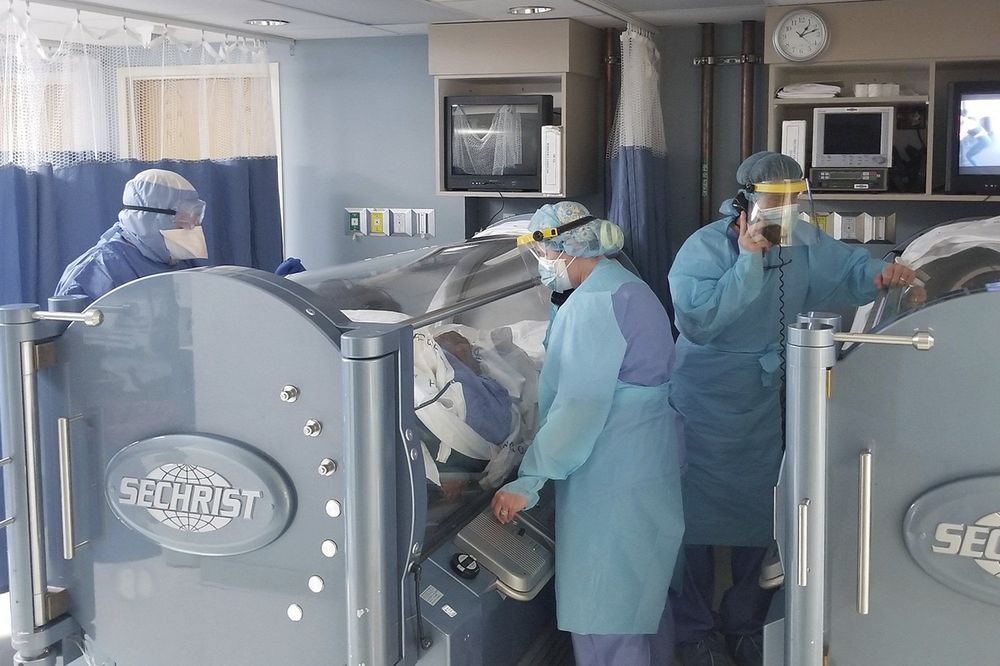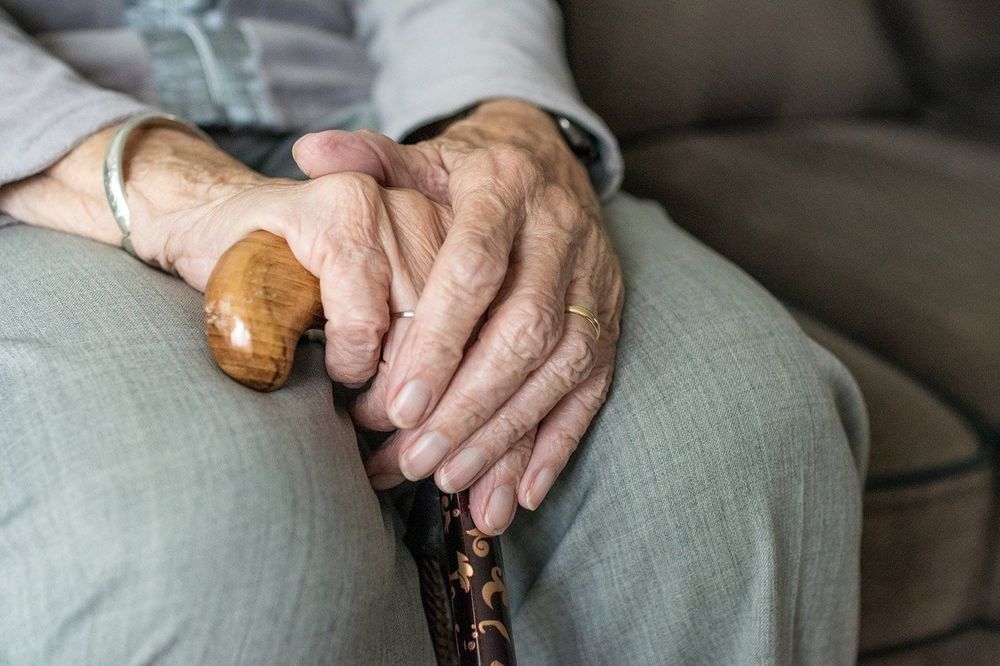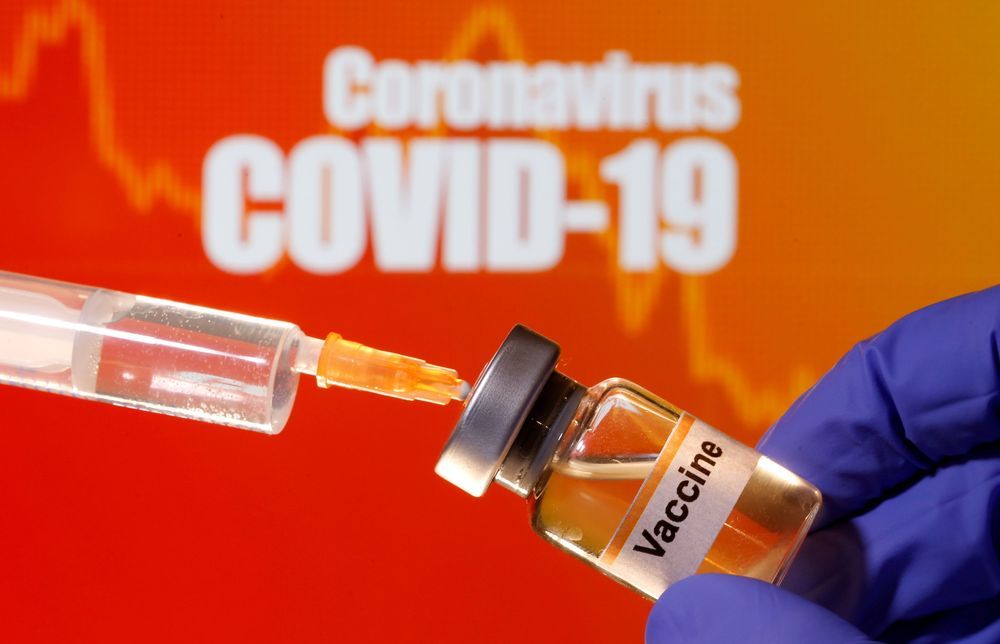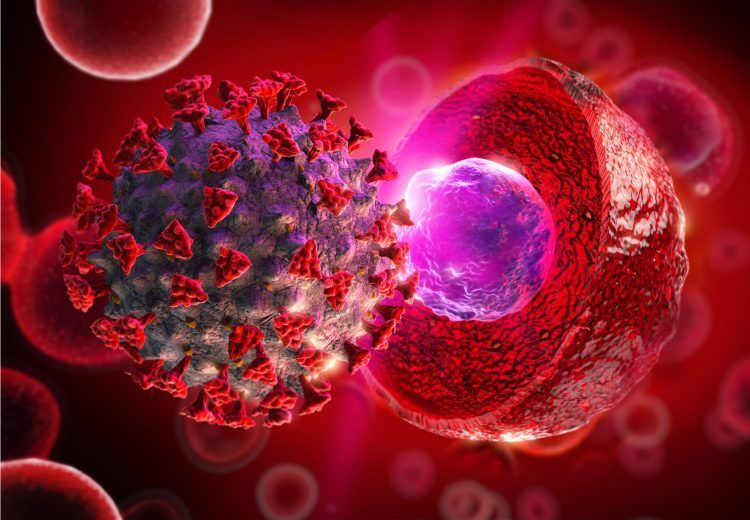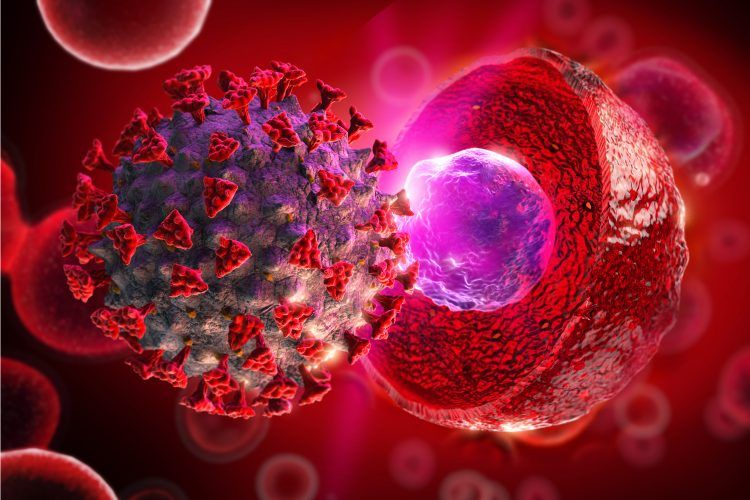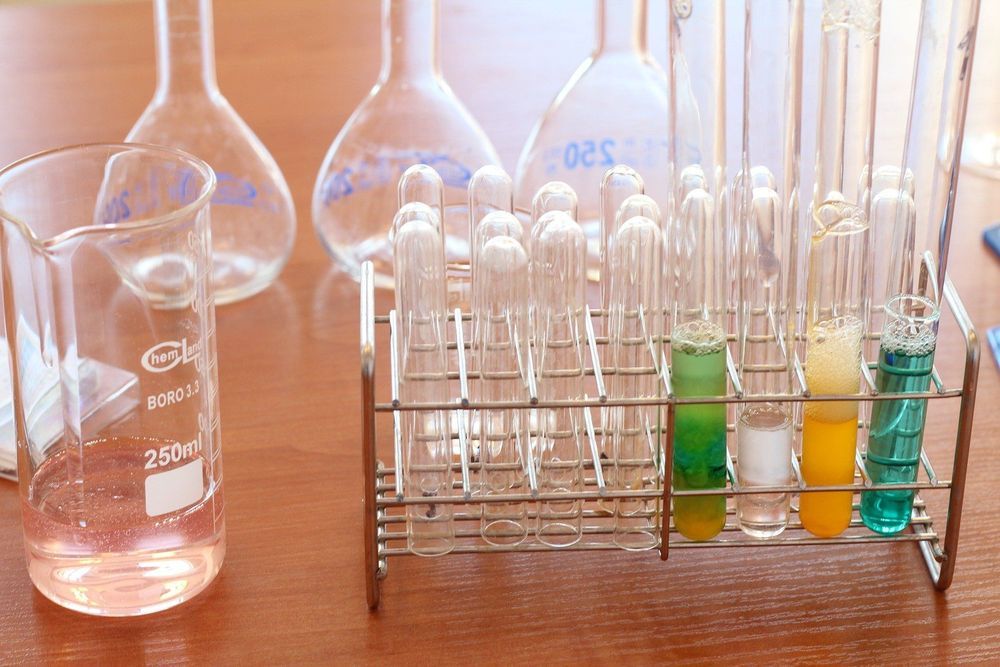Aug 1, 2020
Doctors try pressurized oxygen chambers in COVID fight
Posted by Omuterema Akhahenda in category: biotech/medical
I posted about this a while back, as a treatment. I’m glad people are catching up.
Some doctors are now trying to deliver 100% oxygen to COVID patients in decompression chambers long used to treat divers with the bends.
As a New York University medical researcher who works once a week in an emergency room, Dr. David Lee had the luxury of time to think like a scientist while also treating coronavirus patients whose lungs kept giving out. In every case, he saw the same thing: Their blood was starved of oxygen.
Continue reading “Doctors try pressurized oxygen chambers in COVID fight” »
